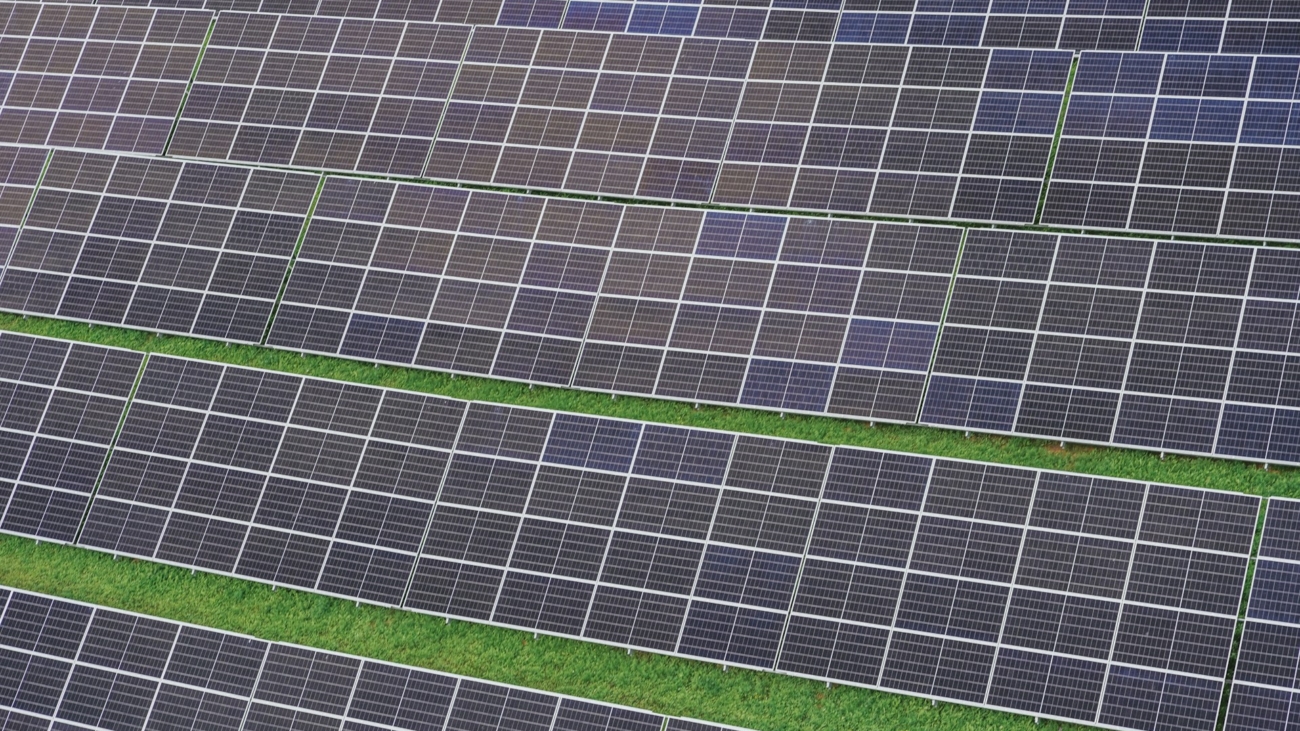India’s commitment to renewable energy has never been stronger, a fact underscored by the ambitious goals and comprehensive initiatives it has set forth. The national policy framework is designed to fundamentally transform the energy landscape by the year 2030, steering the country towards a more sustainable and environmentally friendly future. This strategic shift is not just about meeting energy needs but also about setting a global example in combating climate change.
At the heart of India’s renewable energy revolution are several key initiatives aimed at boosting the sector’s growth and efficiency. The government has made firm commitments to reduce carbon emissions significantly by 2030, aiming to decrease the carbon intensity of its economy by less than 45% and to achieve net-zero carbon emissions by 2070. To support these goals, plans are in place to install 500 GW of renewable energy capacity by 2030, ensuring that renewables will account for half of the country’s cumulative electric power installed.
These policies are supported by innovative projects and financial investments, such as the development of solar parks and the push for offshore wind energy, which include ambitious targets like the installation of 30 GW by 2030. Additionally, the National Green Hydrogen Mission aims to propel India into a leadership position in green hydrogen production, supported by substantial renewable energy capacity. Through these multifaceted efforts, India is not only addressing its immediate energy requirements but also pioneering a sustainable model of growth that other nations might emulate.
Comprehensive Growth Drivers of Renewable Energy
Government Commitments to a Greener Future
India has taken bold steps to reduce its carbon footprint significantly by 2030. The government plans to decrease the nation’s total projected carbon emissions by 1 billion tonnes and reduce the carbon intensity of its economy by less than 45%. Additionally, achieving net-zero carbon emissions by 2070 is a cornerstone of India’s environmental strategy. These ambitious targets are backed by a concrete plan to install 500 GW of renewable energy capacity by the end of the decade, ensuring that renewable sources will account for 50 percent of the country’s cumulative electric power.
Scaling Up Solar and Wind Energy Capacities
To harness solar energy more effectively, the Indian government has approved the development of 57 solar parks across the nation, totaling 39.28 GW. Additionally, solar city initiatives have been launched with at least one solar city per state. In the realm of wind energy, India is not only focusing on traditional wind farms but also venturing into offshore wind energy, with a target of reaching 30 GW by 2030. The combination of these solar and wind projects demonstrates India’s commitment to diversifying its renewable energy sources.
Strategic Initiatives Boosting Renewable Energy Sector
National Green Hydrogen Mission
In a significant move, the Union Cabinet has greenlit the National Green Hydrogen Mission, earmarking an initial outlay of INR 19,744 crore. This mission aims to produce 5 million tonnes of green hydrogen by 2030, supported by 125 GW of renewable energy capacity. This initiative positions India at the forefront of green hydrogen technology, potentially revolutionizing industries and transport systems with cleaner energy solutions.
Innovation Through Policy: Wind-Solar Hybrid Systems
Introduced in 2018, the Wind-Solar Hybrid Policy is a visionary approach to optimizing land and transmission resources. By integrating wind and solar power, this policy addresses the intermittency issues of renewable resources, enhancing grid stability and efficiency. Such hybrid systems are pivotal in achieving a balanced energy mix, where each component contributes to a stable and reliable renewable energy supply.
AatmaNirbhar Bharat: Self-Reliance in Energy Production
Under the AatmaNirbhar Bharat initiative, the Production Linked Incentive (PLI) scheme in Solar PV manufacturing has been introduced with an outlay of INR 24,000 crore. This scheme is complemented by the imposition of Basic Customs Duty on solar cells and modules, which aims to boost domestic manufacturing and reduce dependency on imports.
Steering Towards a Sustainable Tomorrow
India’s strategic initiatives and robust policy framework represent a significant transformation toward sustainable development. The country’s commitment to diversifying its energy sources is evident in its embrace of a range of renewable energies, including solar, wind, and emerging sectors like green hydrogen. These efforts are bolstered by innovative policies such as the Wind-Solar Hybrid systems, which leverage the strengths of both energy types to enhance efficiency and reliability. By integrating these technologies, India is not only addressing its immediate energy demands but also paving the way for future advancements in green technology.
Moreover, India’s focus on innovative technologies like green hydrogen and hybrid energy systems underscores its role as a trailblazer in setting a global standard for sustainable practices. The National Green Hydrogen Mission, for instance, aims to make India a leader in this crucial area, with ambitious targets to support the production of green hydrogen using vast amounts of renewable energy. This forward-thinking approach reflects a strategic alignment with global climate goals and highlights India’s commitment to contributing to a carbon-neutral future.
These comprehensive efforts are crucial for meeting worldwide climate targets and fostering economic growth through green technology. By actively reducing its carbon footprint and innovating in renewable energy, India is not only enhancing its energy security but also contributing to global environmental sustainability. The proactive steps being taken today are vital in ensuring a healthier planet for future generations, demonstrating how integrated policies and technologies can drive substantial environmental and economic benefits.


Leave A Comment